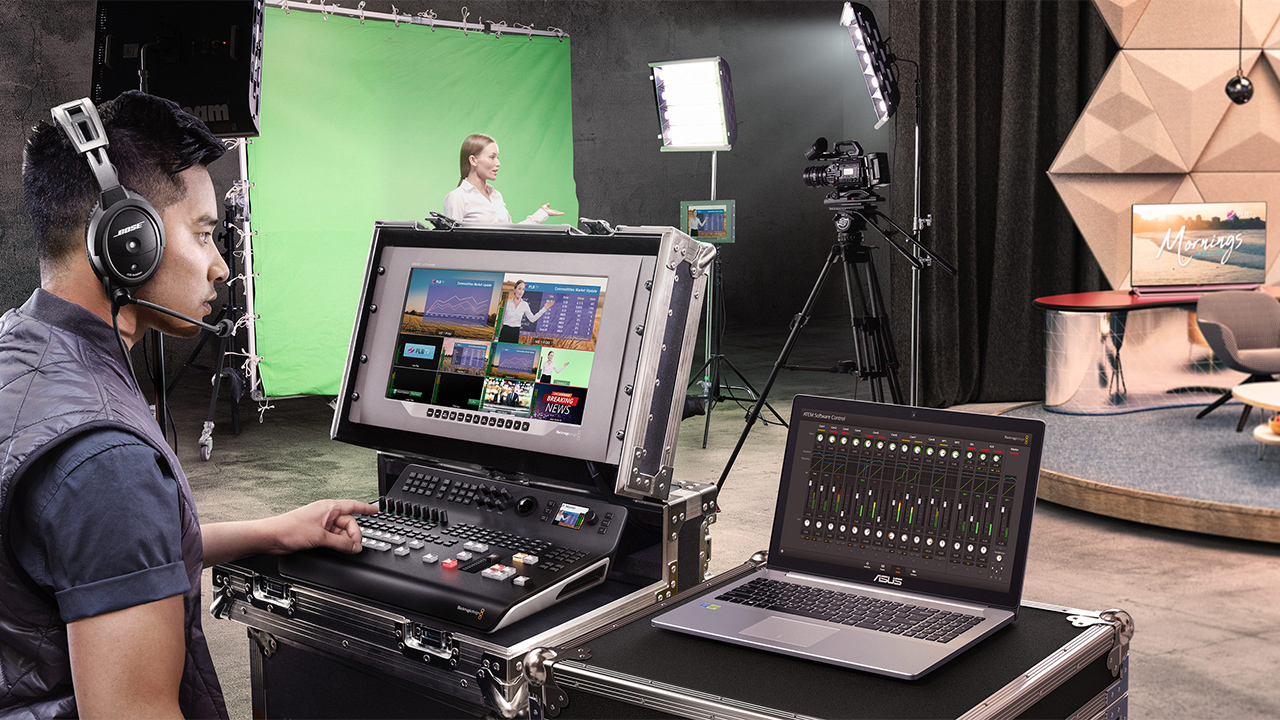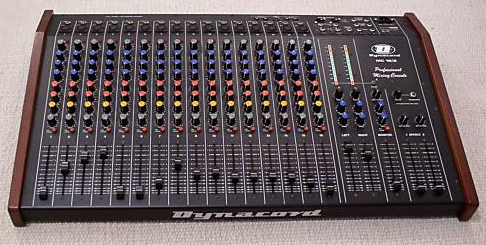

To pack back down you want to do this in reverse order, so turn the speakers off THEN the mixing desk off, this is once again to protect your speakers!Īt this point we’re ready to test the system, but since both active and passive systems act the same way once set up, we will review how to get audio through your new set up PA System in one joint section.įor a passive system there’s a couple of extra things to consider – most importantly is that the amp NEED S to match the power rating of the speakers.


This alleviates any pops or unwanted sound escaping through the speakers that could potentially harm them. Once your speakers are set up and connected to your mixing desk, it’s time to give it a try! To turn on a system, you want to turn on the mixing desk first, then the speakers. Just be wary of which way a channel will pan once set up!

Note – speaker placement is a suggestion use your own judgement depending on where the desk is relative to the speakers. This is because microphone inputs have a pre-amp in and will be expecting a much lower signal. As you probably guessed it’s exactly the same for the right output! You want to plug the lead into a ‘Line in’ if possible rather than a microphone input on the back of the speaker. Just a quick explanation of why these things are included – The speakers are for amplifying the sound (obviously!), the mixing desk acts as your main control for everything involved – volume, EQ, pan, any effects, and much more! The microphone is an example of how to plug in a live sound source, one XLR lead is for connecting the microphone to the mixer, and the other two are for connecting the mixer to the speakers – Note that not all speakers / mixers use XLR leads, they can use jack leads, or a combination XLR – Jack lead, be sure to check which leads you need! Finally the 3.5mm Jack – RCA Lead is for connecting a music player, in this example it will be a mobile phone, but it can be anything with a standard earphone socket (sorry to all you iPhone users!).Ĭonnect your mixing desk to your speakers using the XLR leads – to do this you’ll want to plug one lead into the left output of the mixer, and plug that into the speaker that’s on the left (stage right). So! In this example we’re gonna have the following equipment for a simple setup: (note – the items in this list are also links to categories on our main website so you can browse at your leisure!) It’s most likely you’ll have an active system as they’re much more popular these days – there’s less to set up, transport, and generally just easier to use. See the images below for a more visual example of what you should be looking for: An easy way to check which system you’ve got there is to check the back of your speakers – if they have a dedicated power socket, they’re most likely active speakers, if there’s just sockets for audio leads then they’re probably passive. There’s a big difference, as active speakers have their own amplifier inside, and passive speakers need to be powered by a power amplifier. In this blog post we will be demonstrating how to set up a simple PA system – whether you’ve set up a PA thousands of times, or never touched a mixing desk before, this guide will try to make setup as easy and painless as possible for everyone to understand.įirst things first – you need to know if you’ve got an active system, or a passive system.


 0 kommentar(er)
0 kommentar(er)
